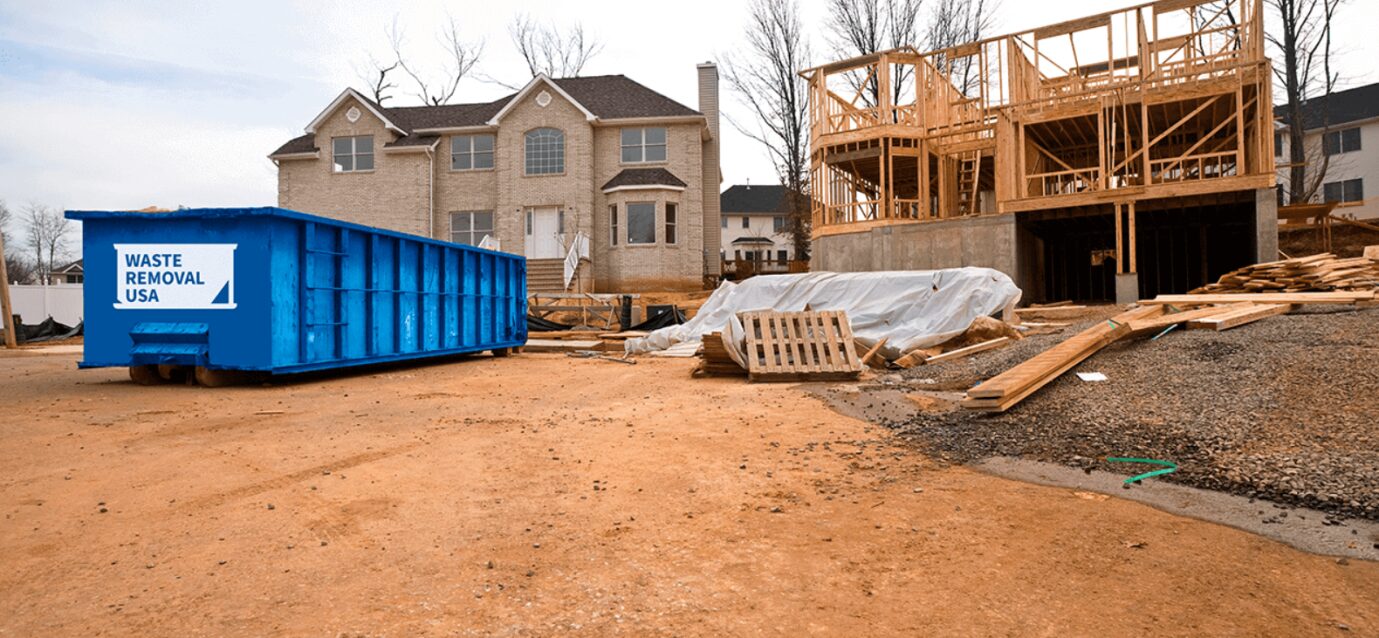When it comes to construction, selecting the right materials is critical for safety, stability, and long-term performance. Among the most effective engineered products used today are I-Joists—known for their strength, lightweight design, and efficiency. From flooring to roofing, I-Joists play a crucial role in modern building architecture. Whether the project is residential or commercial, these structural elements offer superior durability, support, and value over time.
Table of Contents
Understanding I-Joists in Construction
RedBuiltI-Joists are engineered wood products consisting of top and bottom flanges connected by a vertical web. The flanges are often made from laminated veneer lumber (LVL) or solid lumber, while the web uses oriented strand board (OSB) or plywood. This combination provides exceptional load-bearing capacity and resistance to warping, making them a preferred choice in a wide range of building applications.
The unique “I” shape of these beams allows them to span long distances without intermediate supports, reducing the need for extra materials and simplifying installation. This makes them ideal for use in ceilings, flooring, and roofing systems, where strength and stability are essential. Contractors favor I-Joists for their ease of handling on site and the structural performance they deliver.
Benefits of Engineered Wood Products
I-Joists outperform traditional wood in many areas. Their strength-to-weight ratio allows them to handle heavy loads while remaining lightweight and easy to install. Builders often report faster installation times and fewer framing issues when using these products. This increases job site efficiency, reduces costs, and improves results.
They also offer excellent resistance to environmental damage. Unlike standard lumber, which can shrink, warp, or crack over time, I-Joists maintain their shape and size across various climates. That’s critical for the long-term integrity of the structure, whether it’s a small home, multi-level property, or commercial building.
Because they come in a variety of lengths and sizes, I-Joists can be customized to fit different architectural designs and project needs. Whether framing a foundation, supporting walls, or spanning a large ceiling surface, they provide consistent performance and minimize material waste.
Applications Across Multiple Project Types
I-Joists are incredibly versatile. Their applications range from simple floor joists in residential homes to complex trusses and framing systems in commercial buildings. They’re used to support concrete subfloors, design open ceilings, or replace heavier, costlier beams in long-span areas. Contractors also use them in the construction of patios, driveways, and multi-level buildings, depending on the structural load requirements.
For builders working in areas with high moisture levels or frequent temperature changes, I-Joists offer peace of mind. Their engineered design helps resist water damage, mold, and rot—ensuring the long-term stability and appearance of the structure. Clients benefit from reduced maintenance needs and fewer structural issues over time.
Structural Strength and Load Capacity
One of the primary reasons builders choose I-Joists is their load-bearing strength. With the right design and installation, these products can support live loads of up to 100 pounds per square foot over spans exceeding 12 feet. Deeper joists—up to 16 inches—can span nearly 25 feet without sagging, reducing the need for interior walls or columns and enhancing open-space designs.
This strength is essential for creating durable flooring and ceiling systems that remain level and secure under pressure. Whether it’s heavy furniture or foot traffic, I-Joists help distribute weight evenly across a structure. This ensures long-term performance and reduces the risk of cracks, dips, or structural damage.
Efficient Installation and Cost Savings
One of the greatest benefits of I-Joists is how much they simplify the building process. Their uniform size and lightweight material make them easy to cut, transport, and install—saving time and reducing the need for heavy equipment on site. For contractors, this translates into fewer delays and lower labor costs.
Construction services that use I-Joists frequently report shorter build times and improved project timelines. Fewer support materials are needed, and because the joists are engineered to be dimensionally stable, installation errors are less common.
In terms of price, the upfront material cost of I-Joists may be slightly higher than traditional wood beams. However, when factoring in the savings from reduced labor, faster installation, and lower maintenance, the overall cost of using I-Joists is often less over the life of a building. Builders also benefit from reduced waste and more predictable results on the job site.
Durability and Long-Term Performance
Durability is another reason I-Joists continue to grow in popularity. Unlike some traditional wood materials that can degrade over time, engineered lumber maintains its performance year after year. Whether the I-Joists are used in walls, ceilings, or floors, their construction ensures they hold up to heavy use and environmental exposure.
These materials are especially useful in applications where long-term performance is critical—such as driveways, patios, or large-span roofing systems. With proper design and application, they can last for decades with minimal maintenance. That’s a key selling point for customers who value both quality and long-term value.
Design Flexibility and Architectural Value
Architects and contractors appreciate design freedom I-Joists offer. Their ability to span long distances without sagging allows for larger open areas and fewer interior walls. This improves not only the structural performance but also the appearance of the finished space.
The smooth, flat surface provided by I-Joists creates a clean look for flooring and ceilings, which helps enhance a property’s aesthetics. Additionally, their consistent size and shape ensure that drywall, flooring materials, or ceiling panels fit more precisely, reducing finishing time and cost.
For projects that involve custom layouts or complex roof trusses, I-Joists provide the flexibility needed to meet creative demands without compromising strength or safety.
Comparing Traditional Beams and I-Joists
When comparing I-Joists with traditional wood beams, the advantages are clear. Solid lumber may be cheaper initially, but it’s more prone to twisting, swelling, and cracking—especially in high-moisture environments. These issues can lead to costly repairs and reduced building performance over time.
Engineered wood, on the other hand, is manufactured with moisture control, which limits movement and enhances durability. I-Joists are specifically designed to meet strict performance standards, which means fewer surprises for contractors and better outcomes for customers.
In many areas, especially those with evolving building codes and performance expectations, engineered lumber is now the preferred choice. Contractors using I-Joists also have access to better product information, service support, and installation resources, making every job easier to manage.
Services, Support, and Solutions
Many construction companies today specialize in the use and installation of I-Joists. These teams bring years of experience and understand the best practices for achieving structural integrity. Whether you’re a builder seeking a custom solution or a property owner exploring options, working with a professional service team can provide clear answers to your questions and guide you through the process.
From selecting the right material type to estimating cost and managing installation, contractors can help ensure a smooth experience from start to finish. Services typically include on-site evaluations, load calculations, material selection, and post-installation support. This holistic approach ensures both safety and performance are maintained throughout the life of the building.
The Smart Choice for Construction Projects
I-Joists represent a powerful solution for today’s building needs. They provide unmatched strength, lightweight handling, efficient installation, and superior performance across a wide range of project types—from residential homes to large-scale buildings.
Their engineered design ensures they meet high performance standards, while their resistance to environmental factors ensures long-term durability. For customers, this means fewer maintenance issues, greater safety, and a more attractive property. For contractors, it means better results, faster timelines, and increased job satisfaction.
Whether you’re constructing new driveways, patios, floors, ceilings, or roofs, I-Joists offer the flexibility and reliability to get the job done right. With a wide variety of sizes, types, and applications, these products are an ideal choice for any project where quality and performance matter.
If you’re planning your next construction project and want to explore the benefits of using I-Joists, reach out to a trusted company or contractor with experience in engineered wood systems. Their expertise can help you select the best product, ensure smooth installation, and deliver long-lasting results.





